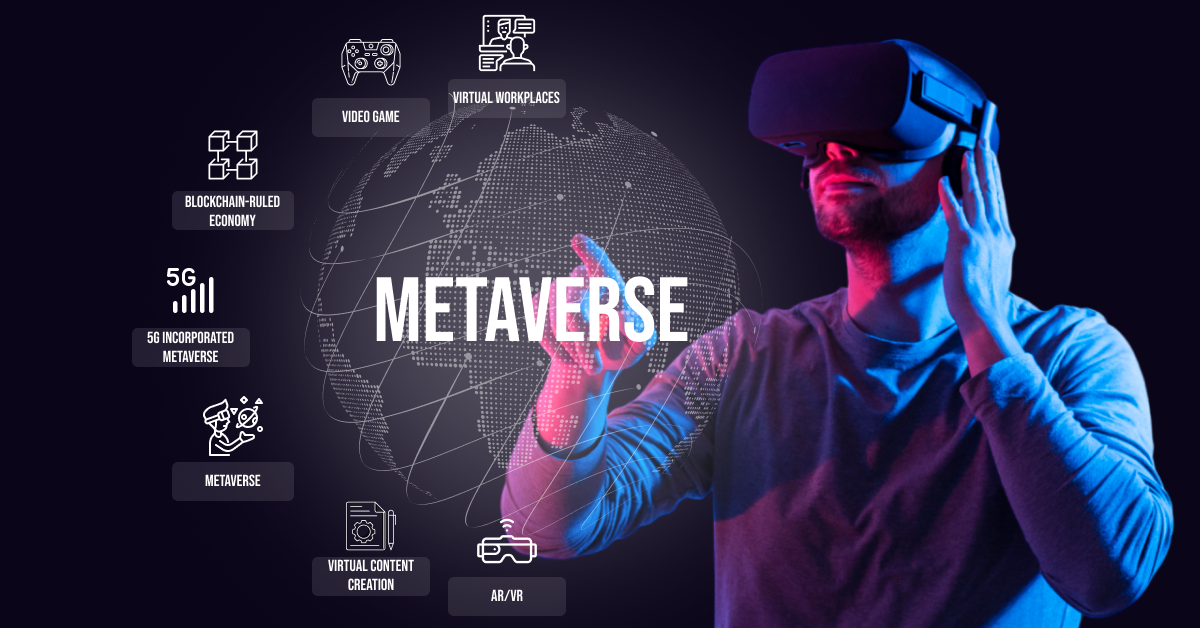Metaverse has been the buzzword of the decade and has taken the entire world by storm. The tech world insists that the Metaverse is still the next big thing, as evidenced by the research done by the Pew Research Center and Elon University. Over 600 technology innovators and leaders were asked to share their insights on the top trends in metaverse, and this is what the outcome was: 54% of these innovators were of the opinion that Metaverse will become truly immersive and become an important part of people’s daily lives by 2040.
Fast-forward to 2025. According to DemandSage, there are more than 600 million active users of the Metaverse worldwide. 51% of these users are 13 or younger, and 83.5% are below 18 years old.
This blog sheds light on what Metavserse is, whether the Metaverse is dead, and, finally, the upcoming trends in Metaverse.
What Exactly is Metaverse?
If you follow technical leaders and innovators, such as Mark Zuckerberg or Satya Nadella, the CEOs of Meta and Microsoft, respectively, they often refer to Metaverse as the ‘future of the Internet.’
So, is Metaverse an entirely different digital world, a video game, or even a simulation? Many people associate Metaverse with Avatar-based video calling. Let’s discuss what exactly it is!
Metaverse itself isn’t a single technology but a bunch of technologies combined together to create an enhanced virtual experience. You can consider Metaverse technology to be the fusion of reality and the digital world, which is often referred to as Augmented Reality (AR). The technology also includes the existence of a digital world that continues to persist even when humans are not in touch with it.
So, is your favorite game, Fortnite, an example of Metaverse? It is more like saying that Google is the Internet. Of course, you can shop, play, and socialize in the Metaverse, but it still doesn’t refer to the whole of the Metaverse world.

Therefore, to sum up, Metaverse is the consolidation of the physical and digital space accessed through computers or head gears, such as Apple Vision Pro, enabled through Extended Reality technologies, such as Augmented Reality (AR), Virtual Reality (VR), and Mixed Reality (MR).
If you want to know how to develop a Metaverse app in 2025, check out this beginner’s guide.
Is the Metaverse Dead in 2025?
If you think the Metaverse hype is dead, you might want to think twice. Beginning right from the time Meta came up with the term; the technology is now often referred to as the ‘M-word’. There might be a dip in the hype of the term ‘Metaverse,’ yet the technology’s vision is still at the right pace.
Vishal Shah, Meta’s VP of Metaverse, believes that only the hype, not the idea of Metaverse, is dead. In a recent interview with Fortune, Vishal referred to Gartner’s Hype Cycle and said:
““…we didn’t invest for the hype, we have been investing in the space for years.”
This is what brings us to the section: top trends in Metaverse that you need to watch out for.
Top Metaverse Future Trends in 2025
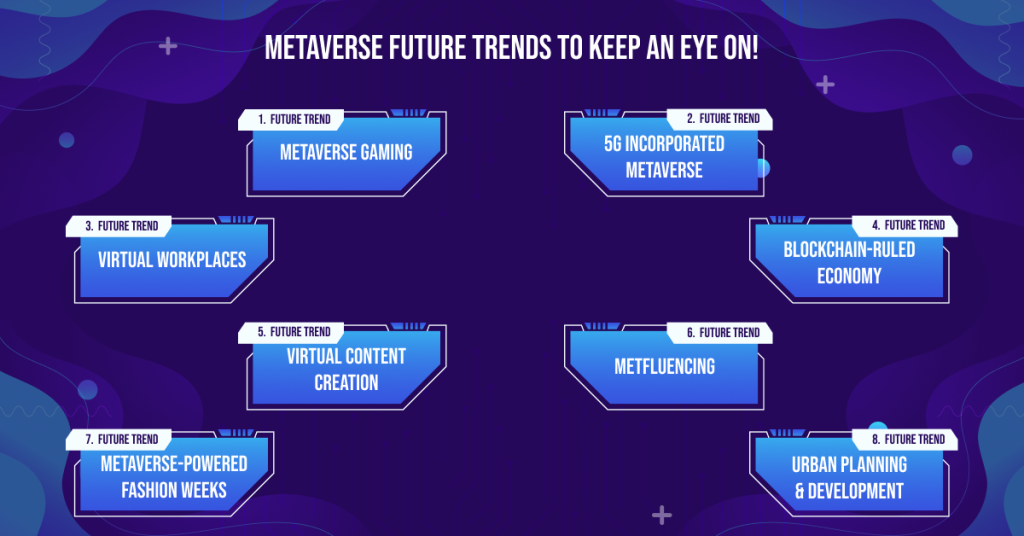
Let us now explore the top Metaverse trends that are about to dominate the future.
1. Metaverse Gaming
Metaverse gaming is one of the most popular Metaverse trends. Gaming has been one of the foremost industries that have embraced Metaverse technology. The intersection of gaming and the Metaverse is groundbreaking as it is giving birth to new possibilities in cloud computing, gaming, and virtual reality.
A lot of businesses are exploring the possibilities of Metaverse gaming to offer an immersive user experience. For example, gaming platforms like ROBLOX have expanded their gaming experience into Metaverse.
Here are a few pro tips for businesses to ace your venture in the Metaverse gaming landscape:
- Incorporate Unity or Unreal Engine programming for advanced gaming experience.
- Leveraging advanced AI algorithms, such as behavior trees, Pathfinding AI, reinforcement learning, etc., to build Metaverse-incorporated gaming experiences.
- Utilize the power of cloud infrastructure to enable high scalability for Metaverse gaming.
2. 5G Incorporated Metaverse
The expansion of the Metaverse is only feasible through enhanced connectivity. This sets the mark for one of the latest trends in the Metaverse: 5G connectivity for Metaverse. Popular for its ultra-low latency and higher speed, the 5G networks can be leveraged to boost Metaverse app development practices.
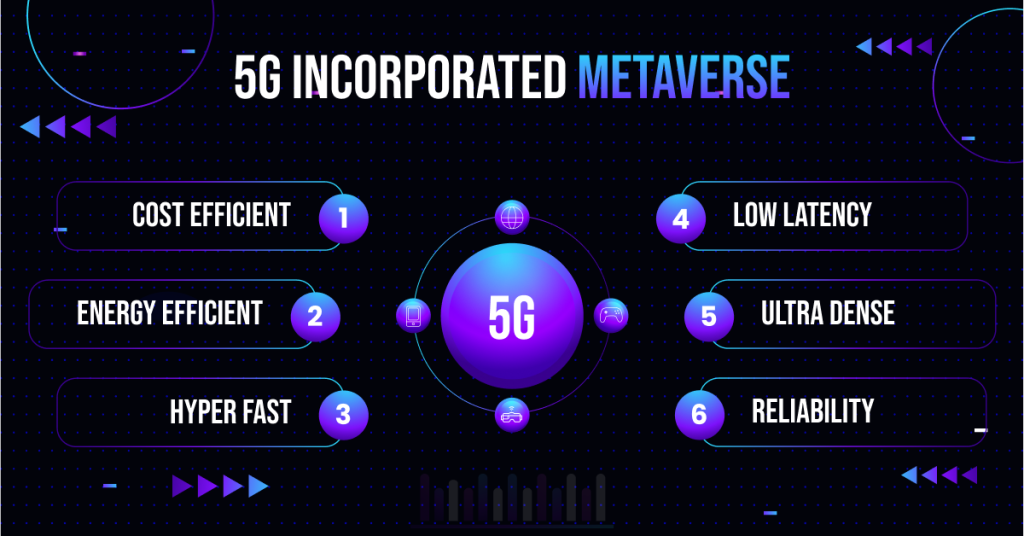
Users can expect powerful real-time Metaverse experiences with the integration of 5G connectivity. With the incorporation of 5G in Metaverse, the technology can help handle the abrupt influx of data and provide an ultra-dense network for the seamless functioning of Metaverse apps.
3. Virtual Workplaces
Virtual workplaces are one of the most productive Metaverse future trends. It is estimated that people will spend more time in the Metaverse than in the real world by 2030. The Metaverse’s world would not just be limited to virtual workspaces but also include other things, such as shopping, meeting friends online, imparting education through 3D settings, and arranging meetings.
As in the Metaverse introduced by Meta, users can create their own Avatars and interact with people across the globe virtually. This is what Alexandra Neville, a thriving artist and researcher at Australia’s University of Technology Sydney, has to say about the Avatars in the Metaverse:
“Avatars will allow people to represent themselves beyond the limitations of status. There’s the opportunity to alleviate people’s identity beyond their wardrobe or how much money they have in their bank account. There’s more freedom to express themselves beyond gender, representation, and social conventions.”
4. Blockchain-Ruled Economy
The incorporation of Blockchain in the Metaverse is one of the most revolutionary trends in the Metaverse. We can expect the development of a full-fledged cryptocurrency and NFT-based virtual economy powered by Blockchain in the Metaverse.
Here’s how Blockchain technology helps strengthen the Metaverse landscape. Since the Metaverse is the breeding ground for virtual transactions, Blockchain will ensure the establishment of a decentralized economy ruled by cryptocurrency.
For instance, if someone wants to make a purchase in the Metaverse ecosystem, the Blockchain technology will secure the transactions through its high-grade security protocols and systems.
Another wonderful example is the application of Blockchain in the Metaverse’s digital real estate scenarios. Users can use virtual currencies, such as Bitcoin and Ethereum, to lend, invest, borrow, and trade in the Metaverse through DeFi.
5. Virtual Content Creation
The popularity of virtual products is increasing at a significant rate. The virtual content creation market has reached a market share of USD 5.6 billion in 2022, and it is expected to hit USD 39.8 billion by the year 2032!
As consumers are getting attracted to 3D spaces, the requirement for virtual goods has only increased. This is one of the best Metaverse trends for content creators who can disrupt the 3D market and make it big in the virtual content creation space. For example, a content creator named Samuel Jordan has reportedly made up to $80,000 per month by selling digital goods on Roblox.
You must be thinking about what the future will look like. If you’ve seen the first episode of the fifth season of ‘Black Mirror’ on Netflix, the episode features how two friends connect through a VR version of their favorite video game. The time is not far when we will actually be able to experience it through Metaverse!
6. Metfluencing
Metfluencing has become another buzzword of the year, but what does it mean? A new trend in Metaverse is picking up: selling and marketing products in real-time through Metaverse platforms. It is indeed one of the most awaited Metaverse marketing trends to keep an eye on!
According to a recent study, 56% of influencers participate in the Metaverse right now.
With this trend picking up pace, it is a golden opportunity for influencers to enter the Metaverse and start selling products directly on it. Influencers can also explore other avenues, such as real-time gaming and much more.

For example, Logan Theobald is a tremendous Metaverse influencer who is a top gamer in the VR world. In fact, he has also collaborated with gigantic brands such as Liquid Death. You can find his long-form videos on YouTube and catch up with this ‘metfluencial’ lifestyle.
7. Metaverse-Powered Fashion Weeks
The fashion world is not behind in embracing the novel virtual world of Metaverse. One of the most pivotal trends in Metaverse is disrupting the fashion industry. For instance, the debut of the convergence of Metaverse technology with fashion was seen at Metaverse Fashion Week in 2022, when Yeezy Gap, engineered by Balenciaga, showcased its virtual clothing.
Even Tommy Hilfiger showcased its SS22 collection at the Metaverse Fashion Week. This is what the CEO Martijn Hagman had to say:
“We are committed to meeting the new generation of consumers where they are and we encourage them to express their individuality no matter where they choose to shop or interact with our brand.”
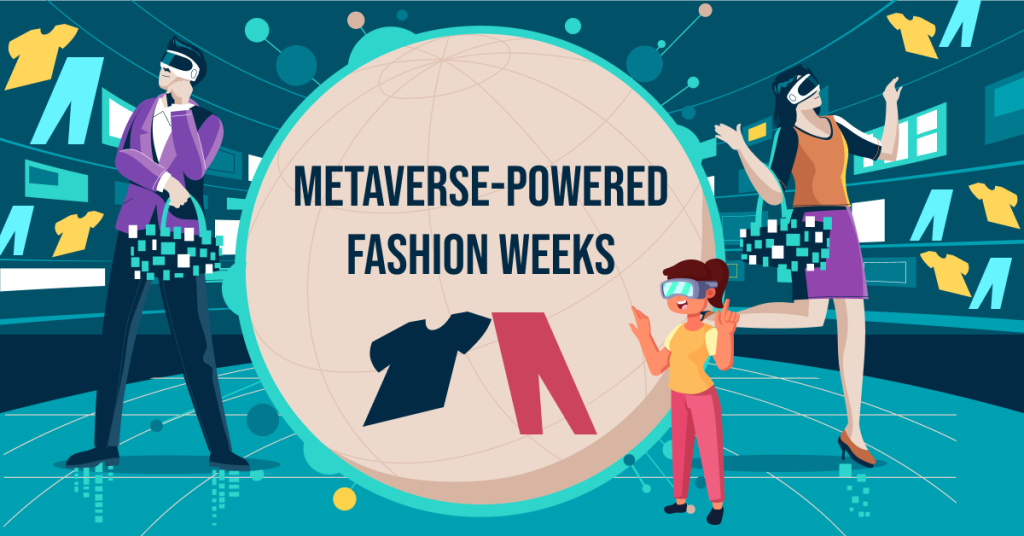
The wave of Metaverse has now touched almost every domain across the globe, and it will only grow further in the coming years.
8. Urban Planning and Development
Another important trend in Metaverse is its utility in a well-developed sector, which is urban development and planning. The Metaverse can create a complete replica of the city so that the designers, planners, engineers, and stakeholders can collaborate on an urban planning project in real time.
One of the best examples of a city leveraging Metaverse in urban planning is Seoul, South Korea. The government invested $3.3 million in a five-year plan to enhance the city’s administration, services, and digital integration for a smart city. Citizens can connect with virtual public officials and access other services through the development of the “Metaverse 120 Center“.
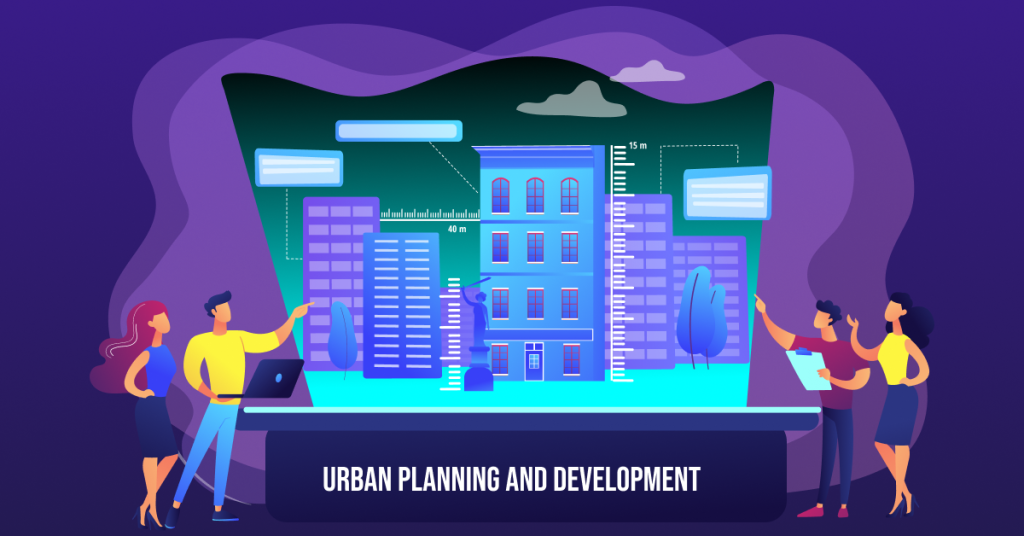
Bottom Line
That’s a wrap for the Metaverse trends 2025. The world is undergoing rapid transformation with the convergence of Metaverse across various verticals. It is an ever-evolving ecosystem that is attracting people to virtual reality.
This blog discusses the top upcoming trends in Metaverse that you need to watch out for. From developing smart cities to Metfluencing, the technology has disrupted almost every other sector and industry.
If you’re a thriving business wanting to enter the Metaverse space, Deftsoft is a globally recognized Metaverse development company that can help you drive business in the Metaverse space. Reach out to know more!
FAQs:
What is Metaverse?
Metaverse refers to a variety of technologies that blur the line between the physical and virtual worlds. These technologies include Augmented Reality (AR), Virtual Reality (VR), and Mixed Reality (MR). In Metaverse, one can build immersive 3D spaces to interact with people, play games, shop, buy and sell virtual land, and more.
What is the future of Metaverse?
The world of Metaverse looks bright and ever-evolving. Its influence can be seen in developing smart cities and urban planning, metfluencing, Metaverse-powered Fashion weeks, disruption of the education system through real-time virtual meetings, immersive gaming experiences, and much more.
How to make money in the Metaverse?
There are plenty of ways to make money in the Metaverse ecosystem. You can become a Metaverse gamer through the Roblox platform and make money. You can also create NFTs and sell them via Metaverse in real time.
What is the difference between Omniverse and Metaverse?
Metaverse is a part multiverse. A collection of metaverses that are interoperable with each other is referred to as a Multiverse. For example, gaming platforms like Roblox. On the other hand, Omniverse refers to the collection of Metaverses and Multiverses, whether they’re interoperable or not. Omniverse is also the name of an industrial Metaverse platform created by Nvidia.
